How Young Kids Learn with Robots.
By Xavier James
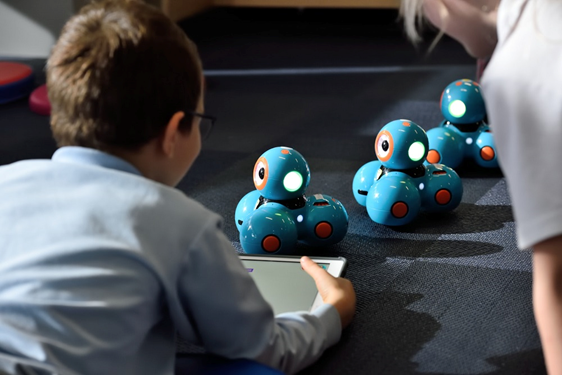 Image source: https://unsplash.com/photos/rSdkzkfvqlY
Image source: https://unsplash.com/photos/rSdkzkfvqlY
Even though the technology is becoming increasingly important in the four walls of the classroom, students often tend to shy away from learning the basics. The apparent complexity of structures and the subject itself seems to overwhelm their learning instincts.
However, as responsible leads of today, it is our responsibility to convey the advanced technological knowledge to younger ones. But, of course, that wouldn't be possible until we realize the true impact of this knowledge upon kids.
For this very reason, this post aims to help you get acquainted with how exactly and what exactly young kids learn with robots. Let's get straight into it.
- 0 Comments
- Feb 23, 2021 10:00:00 AM
- Posted by Natalia Galvis
- Topics: Math, Math Book, EdTech, STEM, Curriculum, teachers, students, Technology, Makerspace, VR, Realidad Virtual, AR, Edchat, Gendergap, Digital Technology, Augmented Reality, teaching, online, Virtual Reality, virtual learning, lessons
The AI LAB by RobotLAB at Northeast Guilford High School
Hello everyone, my name is Elad Inbar, CEO of RobotLAB. Today I'd like to invite you to the AI lab that we built for Guilford County school in North Carolina
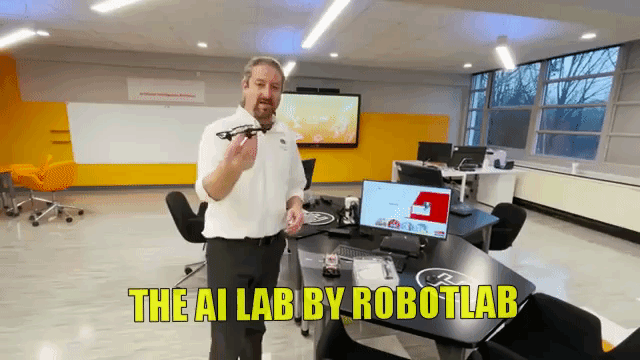
- 0 Comments
- Feb 22, 2021 4:00:00 PM
- Posted by Natalia Galvis
- Topics: Math, Math Book, EdTech, STEM, Curriculum, teachers, students, Technology, Makerspace, VR, Realidad Virtual, AR, Edchat, Gendergap, Digital Technology, Augmented Reality, teaching, online, Virtual Reality, virtual learning, lessons
3 Tips for Creating Math Word Problems That Boost Critical Thinking
By Braxton Hall
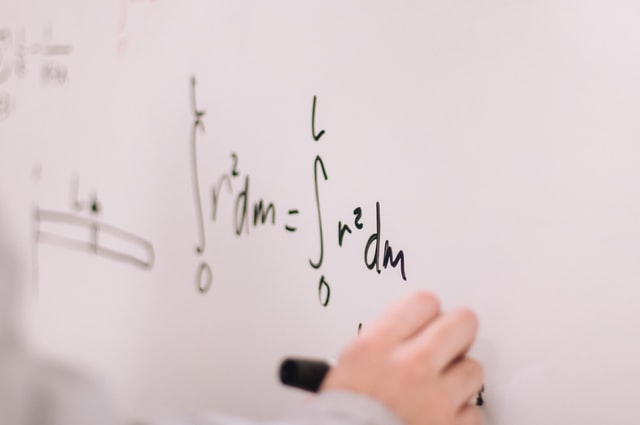 Photo by Jeswin Thomas on Unsplash
Photo by Jeswin Thomas on Unsplash
Well-designed word problems give elementary students a tangible context for understanding math concepts.
- 0 Comments
- Feb 22, 2021 10:00:00 AM
- Posted by Natalia Galvis
- Topics: Math, Math Book, EdTech, STEM, Curriculum, teachers, students, Technology, Makerspace, VR, Realidad Virtual, AR, Edchat, Gendergap, Digital Technology, Augmented Reality, teaching, online, Virtual Reality, virtual learning, lessons
5 Ways to Give Students a Makerspace Experience at Home
By Megan Jacobs
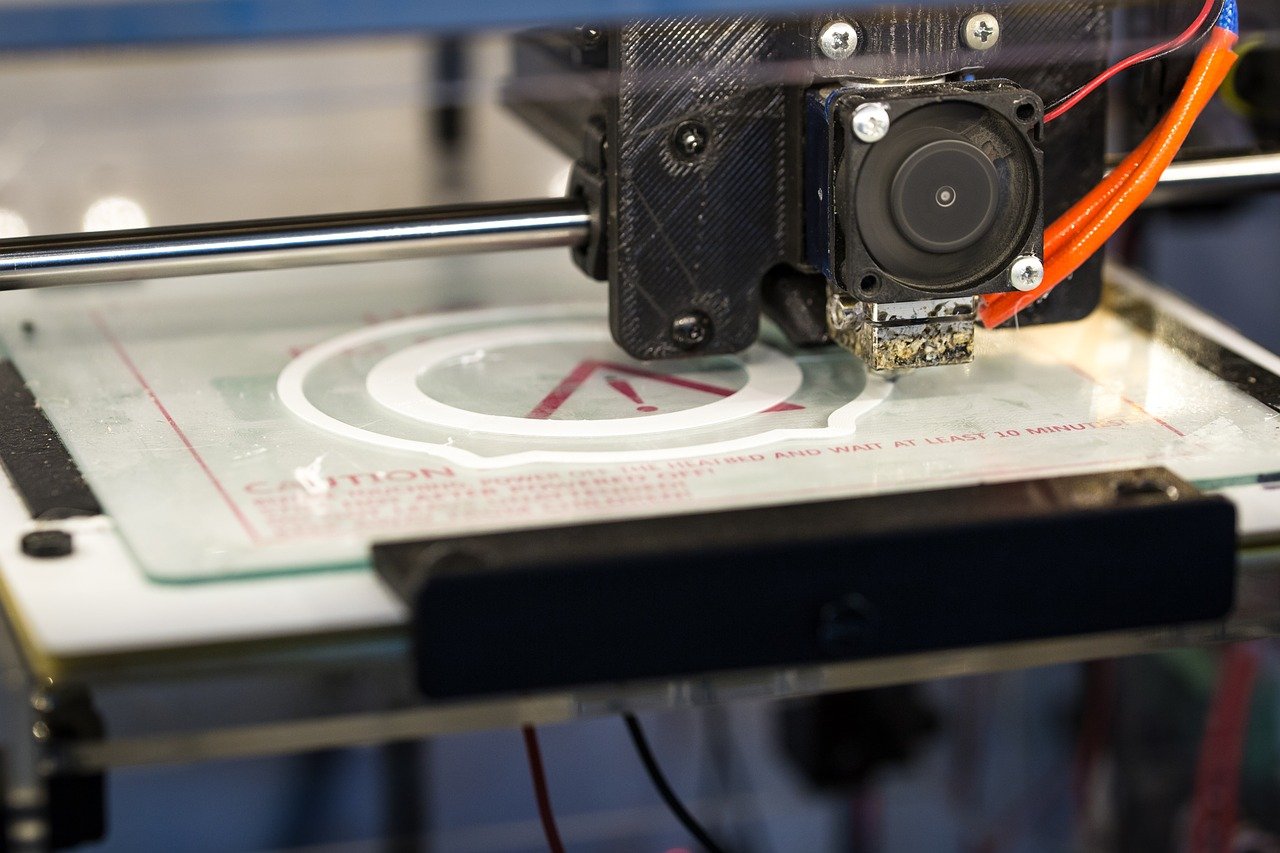 Image by Lutz Peter from Pixabay
Image by Lutz Peter from Pixabay
Hands-on projects that use inexpensive materials and focus on multiple iterations help make learning fun.
- 0 Comments
- Feb 19, 2021 10:00:00 AM
- Posted by Natalia Galvis
- Topics: Math, Math Book, EdTech, STEM, Curriculum, teachers, students, Technology, Makerspace, VR, Realidad Virtual, AR, Edchat, Gendergap, Digital Technology, Augmented Reality, teaching, online, Virtual Reality, virtual learning, lessons
Augmented Reality In Education: A Staggering Insight Into The Future
By Shawn Mack
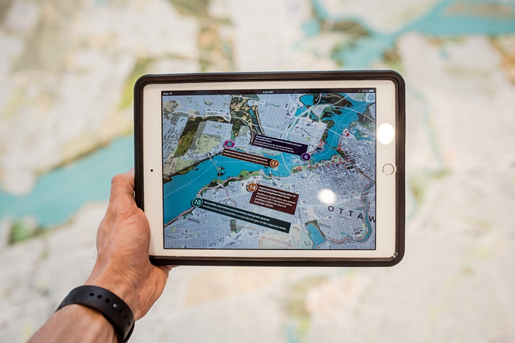 Photo source: https://unsplash.com/photos/CyX3ZAti5DA
Photo source: https://unsplash.com/photos/CyX3ZAti5DA
First off, let us get one thing very clear; what is augmented reality? Fundamentally, it is a futuristic technology, the roots of which date as far as back in the 1990s. It is a technology, which makes it possible to merge computer-generated graphics with the real environment on screen. The word augmented in the whole term pretty much justifies that.
- 0 Comments
- Feb 18, 2021 10:00:00 AM
- Posted by Natalia Galvis
- Topics: Math, Math Book, EdTech, STEM, Curriculum, teachers, students, Technology, VR, Realidad Virtual, AR, Edchat, Gendergap, Digital Technology, Augmented Reality, teaching, online, Virtual Reality, virtual learning, lessons
5 Tips to Maximize Your Productivity While Studying Online
By Ashley Lipman
Image source: https://unsplash.com/photos/RYyr-k3Ysqg
Since the start of the pandemic, we’ve been trying to make remote-learning work for all students. Some have been more successful than others, but overall, everyone struggles with the constraints of social distancing.
- 0 Comments
- Feb 17, 2021 10:00:00 AM
- Posted by Natalia Galvis
- Topics: Math, Math Book, EdTech, STEM, Curriculum, teachers, students, Technology, VR, Realidad Virtual, AR, Edchat, Gendergap, Digital Technology, Augmented Reality, teaching, online, Virtual Reality, virtual learning, lessons
How To Use Augmented Reality in Distance Learning
By Karl Murphy
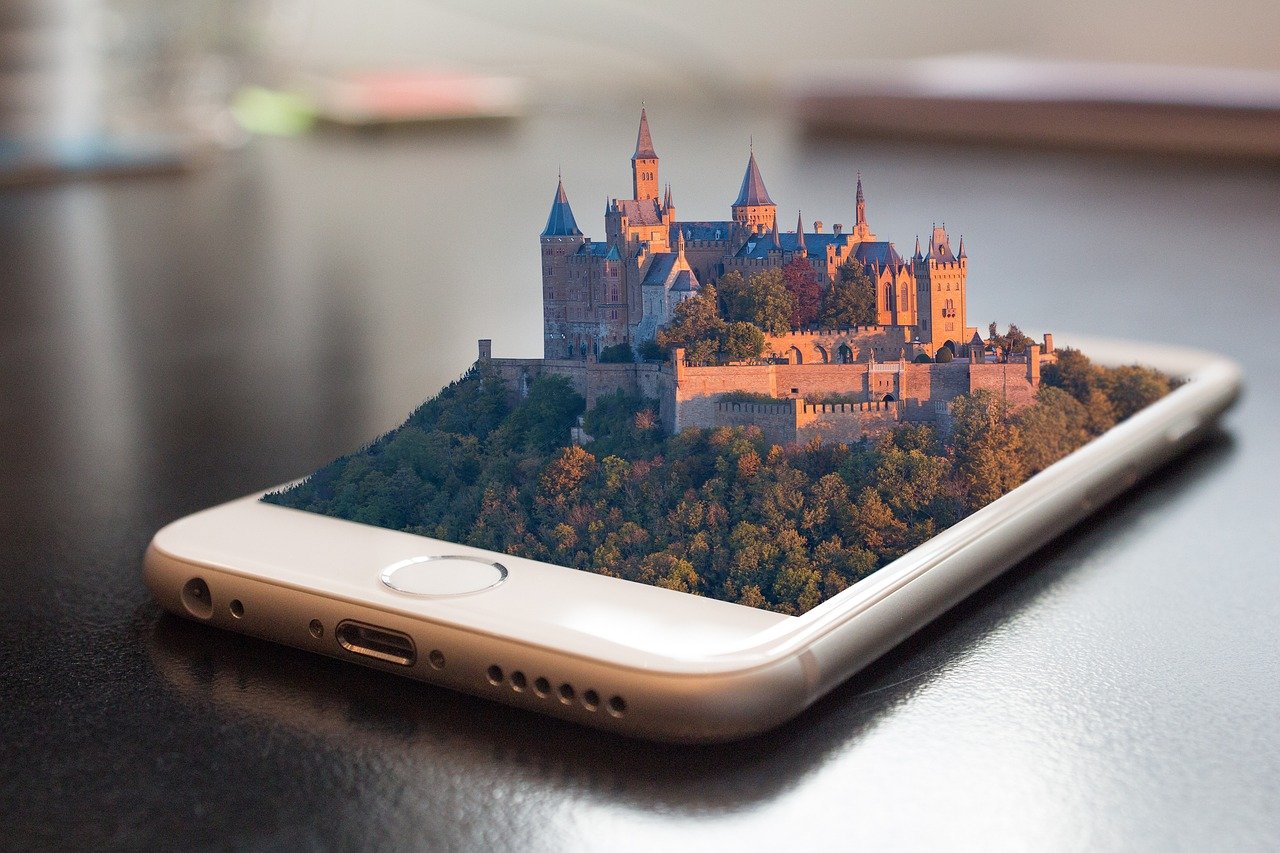 Image by FunkyFocus from Pixabay
Image by FunkyFocus from Pixabay
The world went virtual and embraced the concept of artificial intelligence (AI) and augmented reality (AR) a long time ago. However, the breakout of a global pandemic in 2020 had more people living and experiencing things virtually. Educators jumped on this bandwagon, looking towards augmented reality to create interactive lessons.
- 0 Comments
- Feb 16, 2021 10:00:00 AM
- Posted by Natalia Galvis
- Topics: Math, Math Book, EdTech, STEM, Curriculum, teachers, students, Technology, VR, Realidad Virtual, AR, Edchat, Gendergap, Digital Technology, Augmented Reality, teaching, online, Virtual Reality, virtual learning, lessons
How AR can help students with special needs
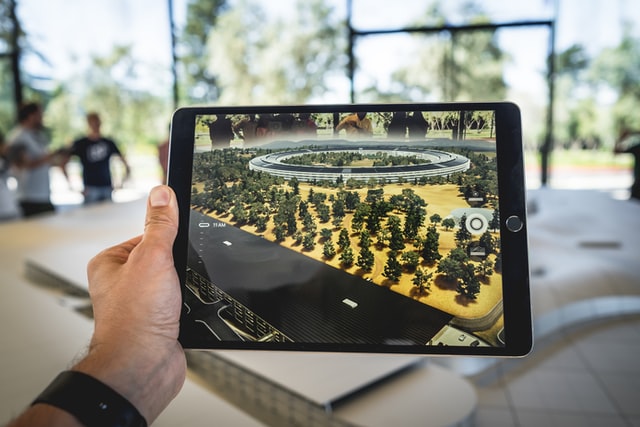 Photo by Patrick Schneider on Unsplash
Photo by Patrick Schneider on Unsplash
AR can be a stepping stone to a more inclusive learning experience for students with special needs
- 0 Comments
- Feb 12, 2021 10:00:00 AM
- Posted by Natalia Galvis
- Topics: Math, Math Book, EdTech, STEM, Curriculum, teachers, students, Technology, VR, Realidad Virtual, Edchat, Gendergap, Digital Technology, teaching, online, Virtual Reality, virtual learning, lessons
Ensuring That All Students Can See Themselves in STEM
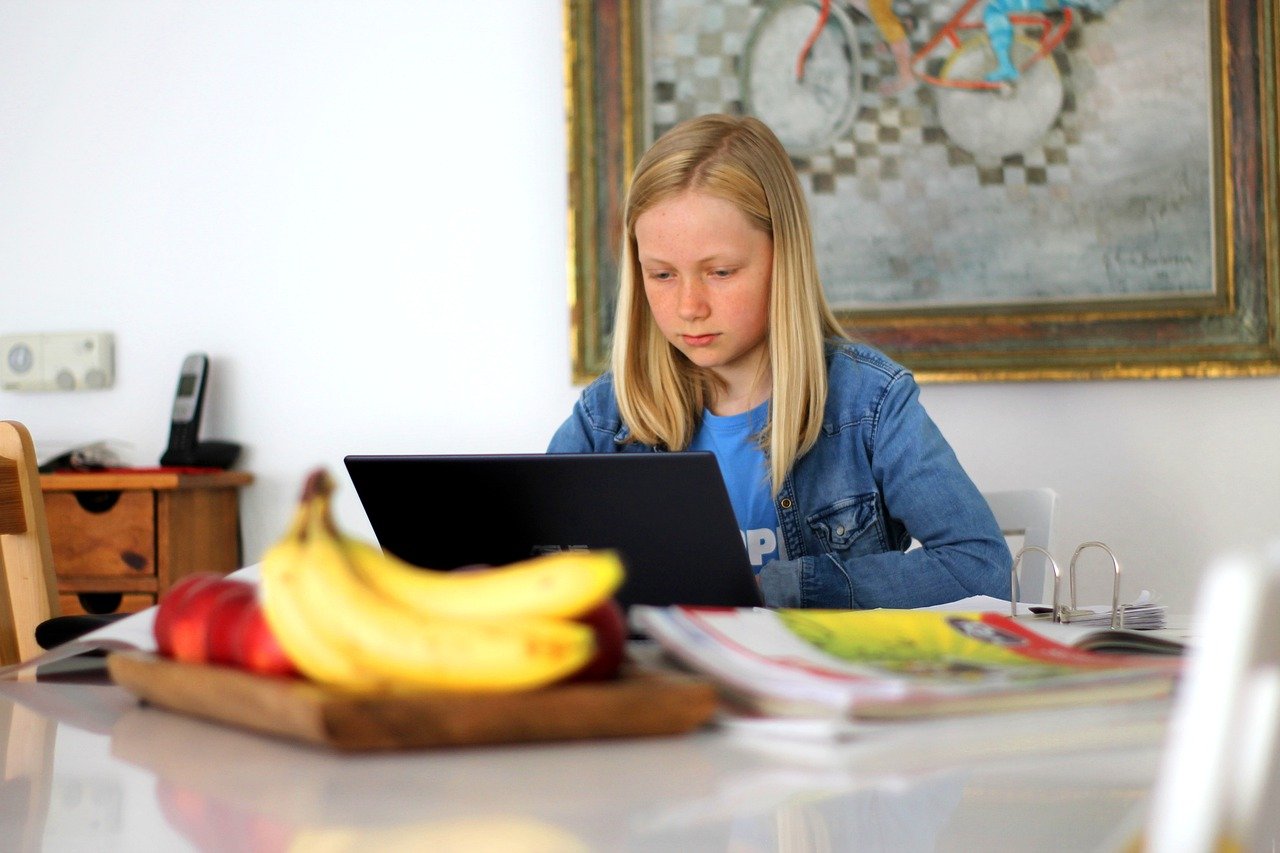 Image by Markus Trier from Pixabay
Image by Markus Trier from Pixabay
Meeting professionals of color in science, technology, engineering, and math can be a game changer for high school students.
- 0 Comments
- Feb 11, 2021 10:00:00 AM
- Posted by Natalia Galvis
- Topics: Math, Math Book, EdTech, STEM, Curriculum, teachers, students, Technology, VR, Realidad Virtual, Edchat, Gendergap, Digital Technology, teaching, online, Virtual Reality, virtual learning, lessons
In-Person or Remote Learning: How the Biggest City School Districts Are Operating
By Tonya Harris
 Photo by J. Kelly Brito on Unsplash
Photo by J. Kelly Brito on Unsplash
The second half of the 2020-21 school year is poised to be as challenging as the first half for district leaders who must make high-stakes decisions about student and employee health and safety as the COVID-19 pandemic approaches the one-year mark.
There is no national data that capture the mode of learning in the nation’s more than 13,000 school districts. This tracker presents the current operating status of some of America’s largest school districts (plus, the Toronto, Ontario district). All are members of the Council of the Great City Schools, which is closely documenting how its districts are providing instruction.
- 0 Comments
- Feb 10, 2021 10:00:00 AM
- Posted by Natalia Galvis
- Topics: Math, Math Book, EdTech, STEM, Curriculum, teachers, students, Technology, VR, Realidad Virtual, Edchat, Gendergap, Digital Technology, teaching, online, Virtual Reality, virtual learning, lessons
Relevant Posts
Popular Posts
Subscribe to Email Updates
-
I Want To Learn MoreADDITIONAL INFORMATION


